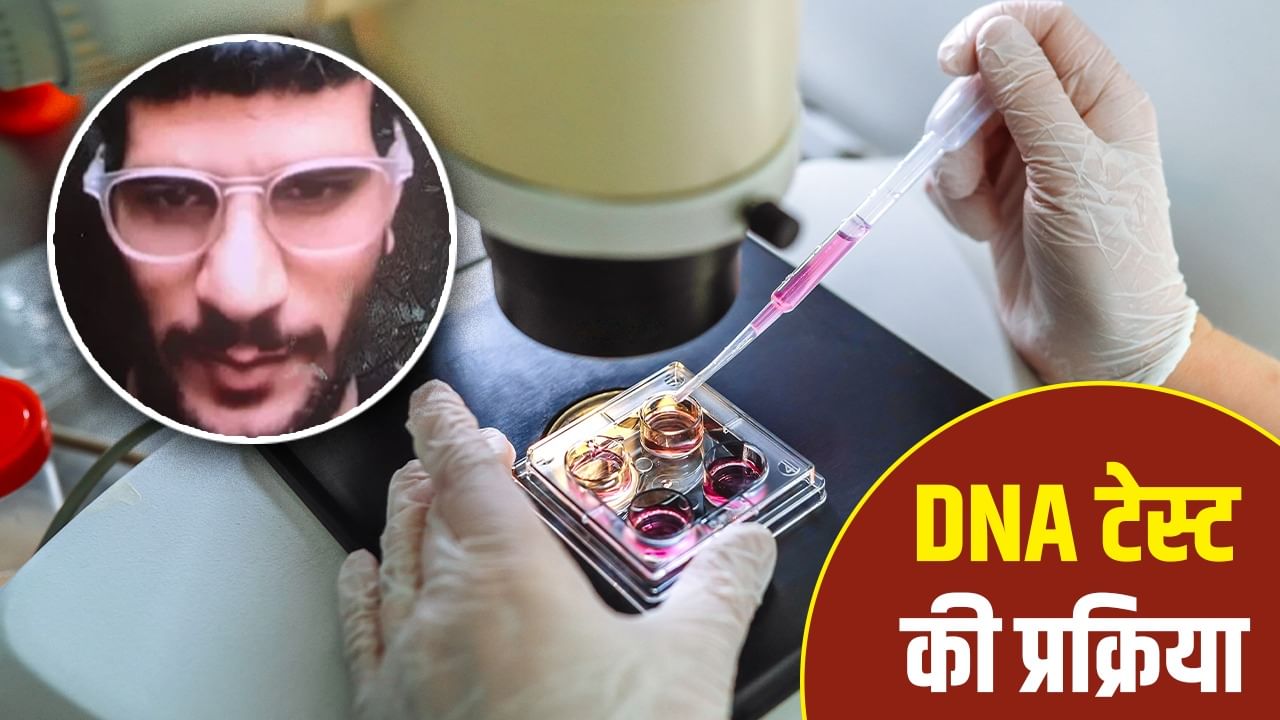Umar’s DNA sample match
The DNA of Dr. Umar Un Nabi, accused in the Delhi Red Fort blast case, has matched with his mother. The forensic department had taken samples of blood, a severed part of the leg and teeth from the blast site. They were sent to the lab for testing. The sample match has been confirmed in the report. It is clear from this that Umar was in the car during the blast. Apart from this case, in many previous incidents also the deceased has been identified through DNA. We have talked to experts to know how identification is done from the sample in such cases.
DNA test is a test through which the genetic identity of a person is determined. Every person’s DNA is different, so this is considered the most accurate method of identification. This test is done for many reasons, such as to confirm parentage, to collect evidence in crime cases, to detect genetic diseases. In medical science, it is also used to know the possibility of disease. This test helps in providing information about a person’s genetic history, which allows doctors to decide on better treatment or preventive measures. In cases of accidents, this test is done to identify the deceased.
How are samples taken for DNA test?
Dr. BN Mishra, Head of Forensic Department at Deen Dayal Upadhyay Hospital (DDU), Delhi. It is said that samples for DNA test are taken in many ways. If a general checkup like any disease or family history is to be checked, then for this the sample is taken from inside the cheek with a cotton stick or sometimes from blood. If a sample of a deceased is to be taken and he died due to some accident like burning or blast, then the method of sampling is different.
Understand it this way, if a person is completely burnt in an accident, then the sample is taken from the teeth, because even after burning, the teeth are saved to some extent. At the same time, if someone has died in the blast and there is blood nearby, then the sample is taken from the blood. If the body has been disintegrated into many pieces during death, then samples can also be taken from the bone marrow. After taking these samples, they are sent to the lab, from where the DNA is separated and analyzed with special machines. Scientists then compare that DNA pattern with other samples to determine kinship, identity or disease. The entire process is completed in a few days.
Dr. Mishra says that the body of the accused in the Delhi blast case may not have been completely burnt. It is possible that his blood or bones or pieces of meat may be present nearby, in such a case the sample can be taken from blood or meat. Its DNA testing does not take much time.
What is the whole process?
Dr. Mohit Kumar in Forensic Department at Safdarjung Hospital It is said that when a person’s sample is taken, first of all the DNA of this sample is extracted with the help of special chemicals in the lamb. After this the sample is placed in a machine. This machine is called amplify. With the help of the machine, the DNA is slightly amplified so that tests can be done easily. After this the sample is profiled and a pattern is obtained. When the profile is ready, it is linked with the profile of the person with whom DNA has to be matched. With this, it is matched whether both the profiles are the same or not. If there is a match then the DNA match is confirmed and the report is sent to the concerned institute.
